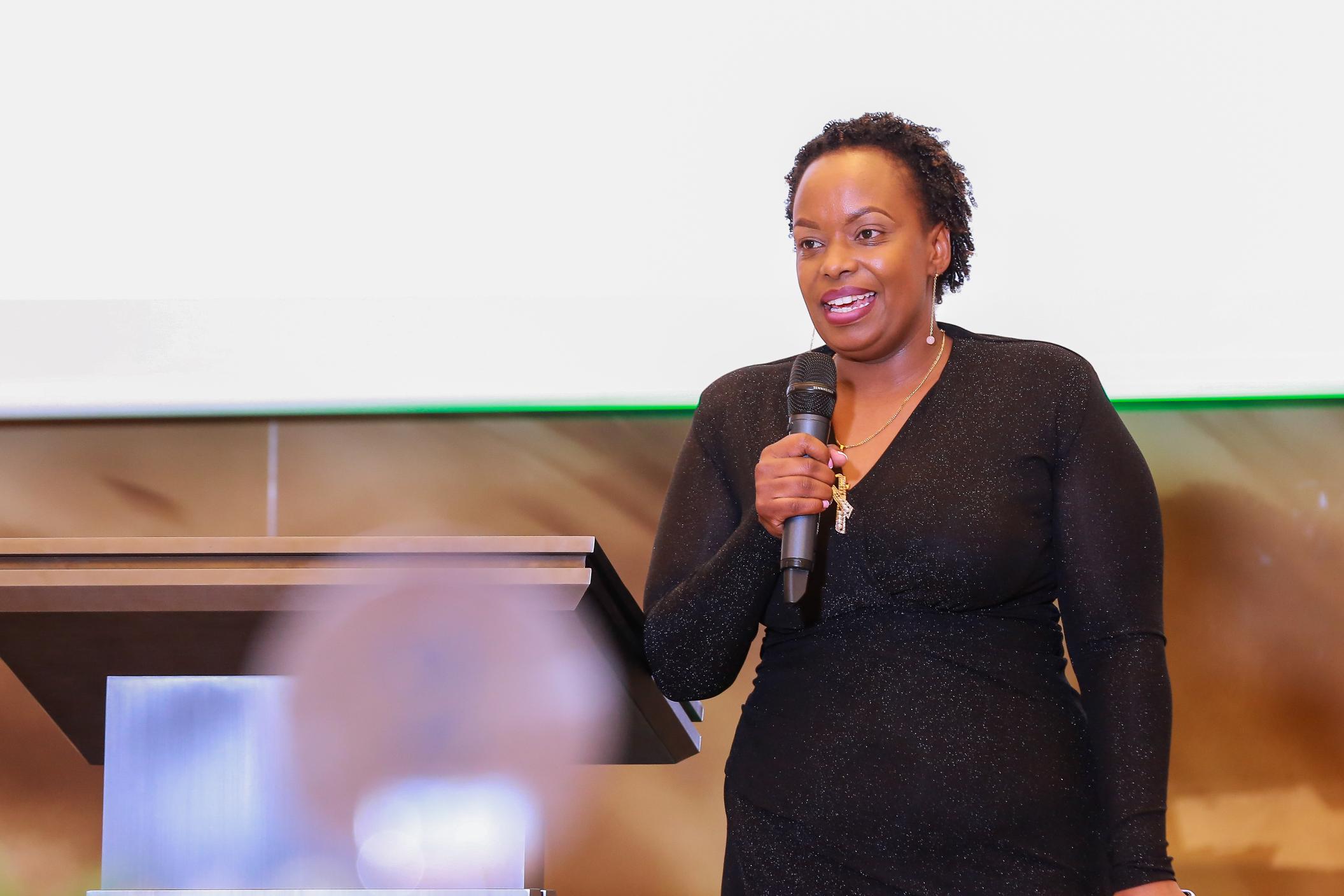

One thing has, however, remained strikingly consistent. A quiet, persistent reality of being the only woman in the room.
“Sometimes this meant being questioned and more so having to prove myself three times more than my male counterparts,” she reflected on her career journey during an interview with bird.
After college, Wambugu-Obado started off her career as a consultant at Neptune Software, implementing core banking solutions across Africa and the Middle East.
She then joined Airtel Africa as the group Airtel money operations manager, where she led efforts to stabilise Airtel Money technology operations across the continent.
She also had a stint at SAP, Europe’s most valuable IT company, where she was responsible for driving technology adoption in East Africa.
Her role involved designing and implementing solutions for major brands across Africa, eventually leading to her relocation to South Africa as a technical architect lead for the African market.
Esther then joined Microsoft as an adviser for Europe, the Middle East and Africa, helping organisations define their strategies around cloud, data and AI.
In this role, she gained global exposure, working with major international brands, such as Louis Vuitton, Anglo American and Transnet.
But this colourful journey to and at the top, she said, has been “lonely”. Hard work and a resolve to always speak up for herself and others are what keep her going.
“I’ve learned that to grow, I must advocate for myself and for others,” Wambugu-Obado said.
While her journey from Nairobi to Johannesburg, and now to Microsoft’s global boardrooms, may be personal, it tells a broader story about the state of workplace gender parity in Africa.
Her work experience closely mirrors new findings in McKinsey’s new report that shows while more women are stepping into leadership across Africa, they still face systemic barriers.
The report titled, ‘Women in the Workplace 2025’, covers two African nations, Nigeria and Kenya.
It also highlights that these challenges are not similar across the border but vary significantly from country to country.
In Kenya, for instance, women begin relatively well-represented in the workforce, comprising 41 per cent of entry-level roles, but their presence steadily declines at higher ranks of leadership.
By the time they reach the C-suite, only 27 per cent remain. On Kenyan company boards, female representation drops even further to 24 per cent.
The private sector in Kenya is marked by what McKinsey calls a “double dip” because women face a broken rung when trying to move into management, followed by another steep barrier to reach senior leadership.
Kenya’s public sector shows a slightly different trend. There’s a stable representation at entry and mid-level management, but with a steep drop beyond those tiers.
These patterns confirm what Wambugu-Obado has long observed firsthand in her primary working countries and across other Africa countries under her scope.
“We’re seeing more women in boardrooms, in government and in senior tech roles. However, this progress is not evenly distributed,” she said.
In some regions and industries, she said, women don’t see others like them in leadership, making it harder to envision themselves there. And many women lack access to senior leaders who can advocate for their advancement.
In some regions, leadership is still seen as a male domain, while in others, women still carry the bulk of family and caregiving responsibilities, making it harder to take on demanding leadership role.
“I’ve seen women rise rapidly because of strong policy support and visible role models,” she said.
“In other countries, I’ve witnessed brilliant women sidelined simply because leadership was still seen as a ‘man's domain’.”
CAUSE FOR HOPE
Africa’s push for gender parity in workplaces, however, is not all gloom.
Wambugu-Obado believes that structural gaps can be solved if countries collaborate and learn from each other.
“There’s a lot we can learn from one another to foster more inclusive, supportive work environments and accelerate gender parity in leadership,” she said.
She pointed to Rwanda’s gender quotas in government and South Africa’s structured corporate inclusion programmes as examples other countries could adopt.
She suggests some measures that can help women grow beyond local limitations to gain continental exposure.
These include building a Pan-African Women’s Leadership Networks, such as Ignite Her 4 Africa, which she founded in 2023 to open doors for more women in workplaces, and which works across Africa. Another idea is allowing women in Kenya to learn from peers in Nigeria, Ghana or South Africa to power cross-border mentorship.
She also suggested peer learning and leadership exchanges.
“By learning from one another, sharing what works, and lifting as we rise, we can build a continent where women don’t just participate; they lead, shape and transform,” Wambugu-Obado said.
She also called for a continent-wide charter on workplace gender equity, aligned with the African Union or modelled after the Africa Continental Free Trade Area (AfCFTA).
Researchers at McKinsey also echoes similar sentiments.
“The challenges they (women) face differ across countries, indicating an opportunity for these countries to learn from each other,” they said.
“Such as how to attract more women into entry-level positions or how to remove women’s barriers to promotion into management and senior leadership roles.”













